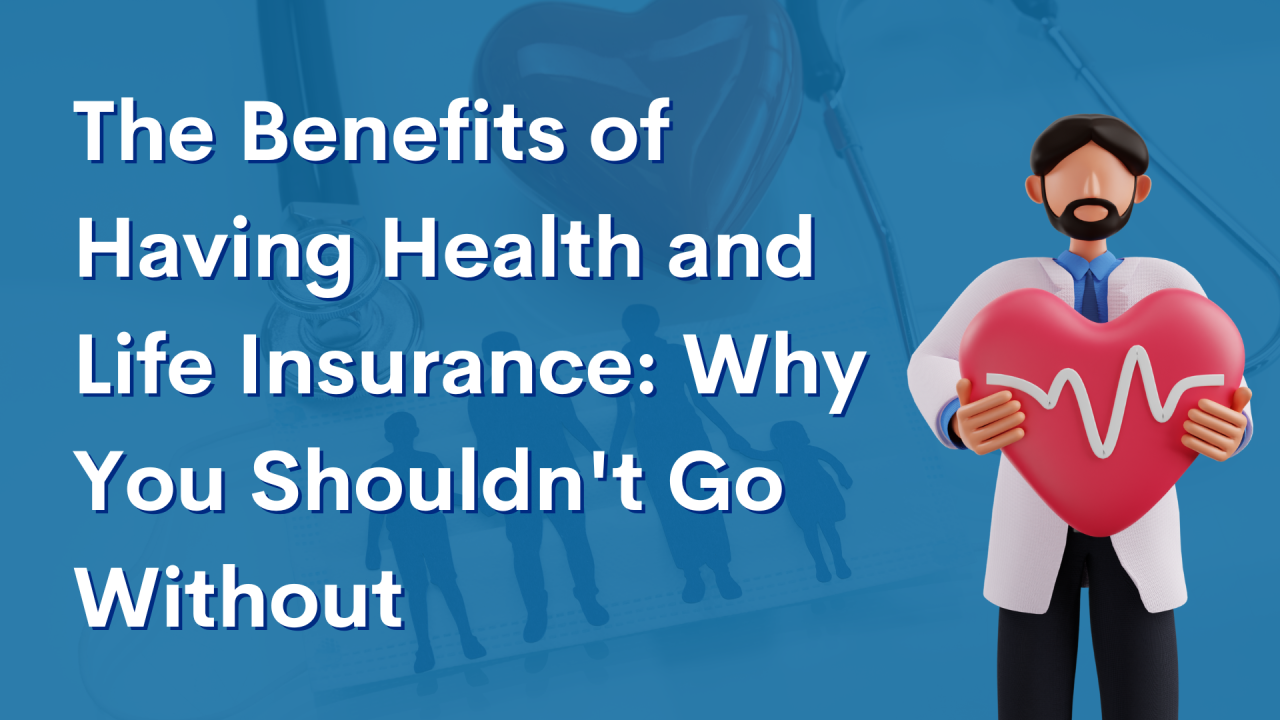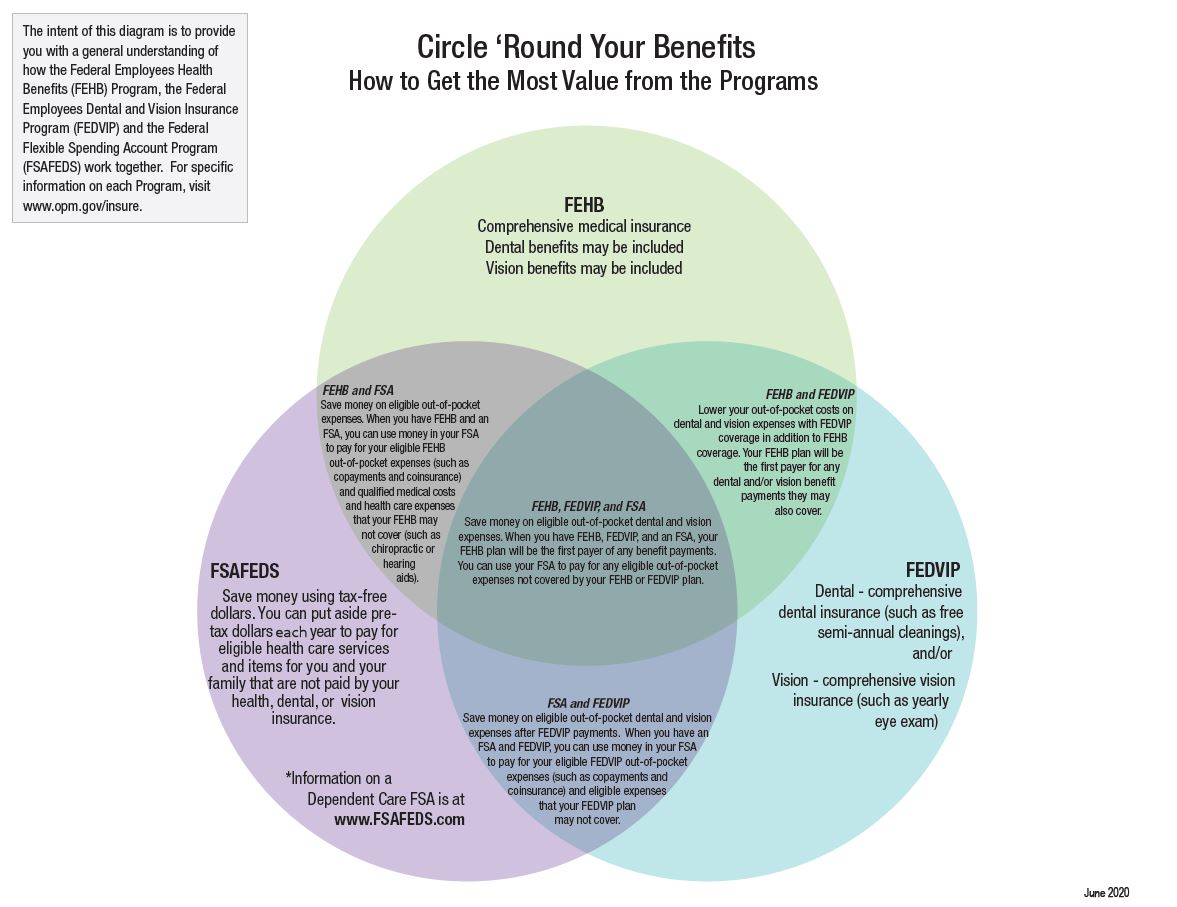Unknown Facts About Medicare Advantage Agent
Unknown Facts About Medicare Advantage Agent
Blog Article
The Greatest Guide To Medicare Advantage Agent
Table of ContentsRumored Buzz on Medicare Advantage AgentOur Medicare Advantage Agent IdeasThe smart Trick of Medicare Advantage Agent That Nobody is Talking About

complies with from perplexing the reasonably young age profile of the without insurance with the far better wellness, typically, of younger persons. This covers the web link in between health status and medical insurance. For those without accessibility to workplace medical insurance, poor health and wellness is a possible obstacle to buying nongroup coverage because such insurance coverage might be extremely valued, omit pre-existing conditions, or be merely unavailable. The variety of uninsured Americans is not especially big and has actually not changed over the last few years. 7 out of 10 respondents in a nationally depictive survey assumed that less Americans lacked health and wellness insurance coverage than in fact do(Fronstin, 1998). About fifty percent(47 percent )believed that the variety of individuals without medical insurance decreased or remained consistent over the last fifty percent of the last decade(Blendon et al., 1999). This drop of almost 2 million in the number of individuals 'without insurance (a decrease
of about 4 percent)is definitely a favorable change. With a softer economy in 2000 the most recent reported gains in insurance policy protection might not continue(Fronstin, 2001 ). The decrease in the number of without insurance will not continue if the economic climate continues to be slow and healthcare expenses remain to outmatch inflation. This is due to the fact that the data were collected for a period of strong economic performance. Of the estimated 42 million people who were uninsured, just about regarding 420,000(about 1 percent)were under 65 years old, the age at which most Americans end up being qualified for Medicare; 32 million were grownups in between ages 18 and 65, about 19 percent of all grownups in this age; and 10 million were kids under 18 years of age, about 13.9 percent of all youngsters (Mills, 2000). These quotes of the variety of individuals uninsured are generated from the yearly March Supplement to the Current Populace Survey (CPS), conducted by the Census Bureau. Unless otherwise noted, nationwide estimates of individuals without medical insurance and percentages of the populace with different kinds of protection are based on the CPS, the most extensively utilized resource of estimates of insurance protection and uninsurance prices. These studies and the price quotes they generate are described briefly in Table B. 1 in Appendix B - Medicare Advantage Agent. These surveys vary in dimension and tasting methods, the concerns that are asked regarding insurance policy
The Buzz on Medicare Advantage Agent
protection, and the moment period over which insurance protection or uninsurance is determined(Lewis et al., 1998, Fronstin, 2000a ). Still, the CPS is particularly helpful since it creates annual price quotes relatively quickly, reporting the previous year's insurance coverage approximates each September, and since it is the basis for a consistent collection of quotes for greater than 20 years, enabling analysis of patterns in protection in time.

The Only Guide for Medicare Advantage Agent
Over a three-year period starting early in 1993, 72 million individuals, 29 percent of the united state population, were without coverage for at the very least one month. Within a solitary year(1994), 53 million individuals experienced at the very least a month without protection(Bennefield, 1998a). Six out of every ten without insurance grownups are themselves used. Working does enhance the probability that one and one's family members will certainly have insurance policy, it is not an assurance. Also members of families with two permanent wage income earners have nearly a one-in-ten possibility of being without insurance (9.1 percent uninsured rate)(Hoffman and Pohl, 2000 ). The partnership in between medical insurance and accessibility to care is well established, as recorded later more info here in this chapter. The relationship in between health and wellness insurance coverage and health outcomes is neither straight nor simple, a substantial clinical and wellness solutions study literary works links health and wellness insurance protection
to improved access accessibility care, better qualityTop quality and improved personal and population health statusCondition The 2nd report, on individual health and wellness end results for uninsured adults, is stood for by the innermost circle of the number, while the third report, on household wellness, incorporates the topics of the 2nd record but highlights a various system of analysis, particularly, the family. The sixth report in the collection will certainly offer information about methods and efforts undertaken locally, statewide, or across the country to resolve the absence of insurance and its negative impacts. Degrees of analysis for taking a look at the impacts of uninsurance. This discussion of medical insurance coverage concentrates primarily on the U.S. populace under age 65 since basically all Americans 65 and older have Medicare or other public coverage.
It focuses particularly on those without any health and wellness insurance for any length of time. The that site issues dealt with by the underinsured are in some areas similar to those faced by the uninsured, although they are typically less extreme. Uninsurance and underinsurance, nonetheless, include noticeably different policy issues, and the approaches for resolving them might differ. Throughout this research study and the 5 records to adhere to, the primary emphasis gets on persons without any medical insurance and therefore no aid in paying for healthcare past what is readily available via charity and safeguard establishments. Medical insurance is a powerful aspect impacting invoice of care since both patients and doctors reply to the out-of-pocket rate of solutions. Health insurance coverage, nevertheless, is neither required neither adequate to get access to medical solutions. Nevertheless, the independent and straight effect of health and wellness
insurance coverage on access to health and wellness services is well developed. Others will get the health treatment they require even without medical insurance, by spending for it expense or seeking it from carriers that supply treatment free or at extremely subsidized prices. For still others, medical insurance alone does not guarantee receipt of treatment as a result of other nonfinancial obstacles, such as a lack of healthcare carriers in their neighborhood, minimal access to transportation, illiteracy, or etymological and cultural distinctions. Official study about uninsured populations in the United States dates to the late 1920s and very early 1930s when the Board on the Expense of Healthcare produced a series of reports pop over to these guys regarding funding medical professional office check outs and hospital stays. This issue became prominent as the varieties of clinically indigent climbed up during the Great Clinical depression. Empirical research studies consistently sustain the link between access to care and improved health end results(Bindman et al., 1995; Starfield, 1995 ). Having a routine source of treatment can be thought about a forecaster of accessibility, as opposed to a straight procedure of it, when wellness outcomes are themselves utilized as access signs. This extension of the concept of accessibility measurement was made by the IOM Committee on Monitoring Gain Access To to Personal Wellness Care Provider(Millman, 1993, p. Whether moms and dads are insured shows up to impact whether their youngsters receive treatment as well as exactly how much careeven if the children themselves have protection(Hanson, 1998). The health of parents can affect their ability to care for their children and the degree of household anxiety. Bothering with their youngsters's access to care is itself a resource of stress and anxiety for moms and dads. Three phases follow in this report. Phase 2 supplies an introduction of just how employment-based medical insurance, public programs and specific insurance policy plans run and interact to give substantial however incomplete protection of the U.S. population. This includes an evaluation of historic fads and public laws influencing both public and private insurance policy, a conversation of the interactions among the different kinds of insurance policy, and an exam of why people relocate from one program to one more or end up

Report this page